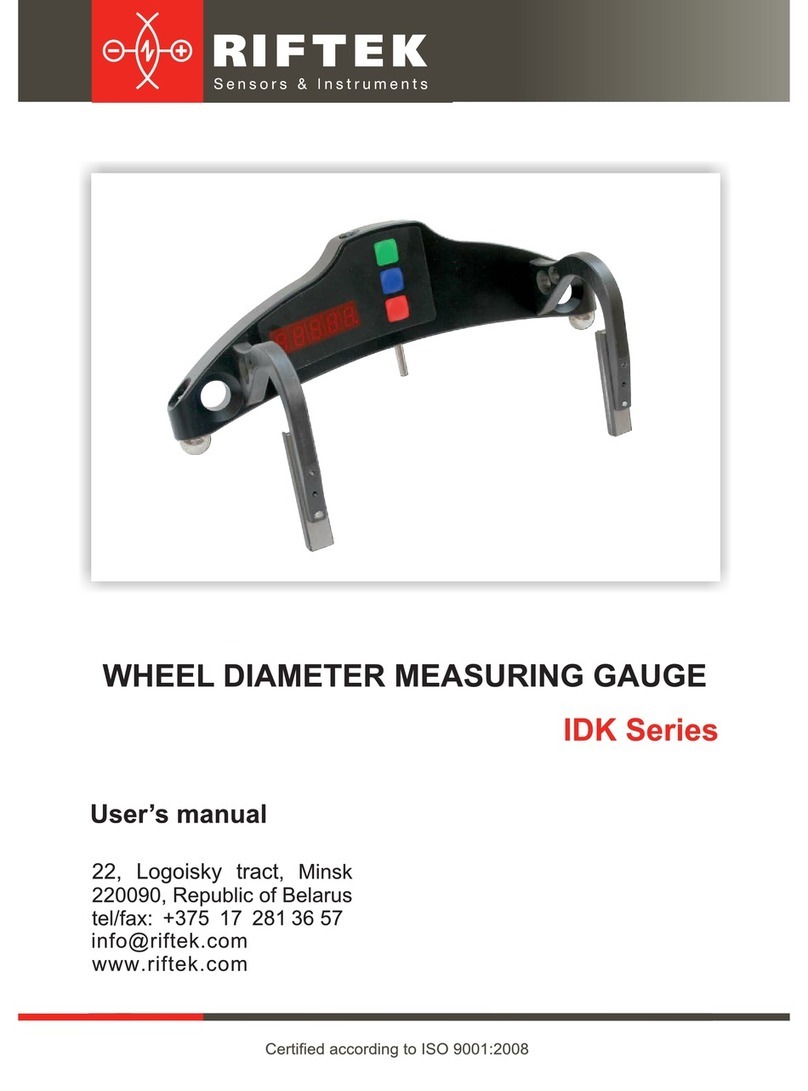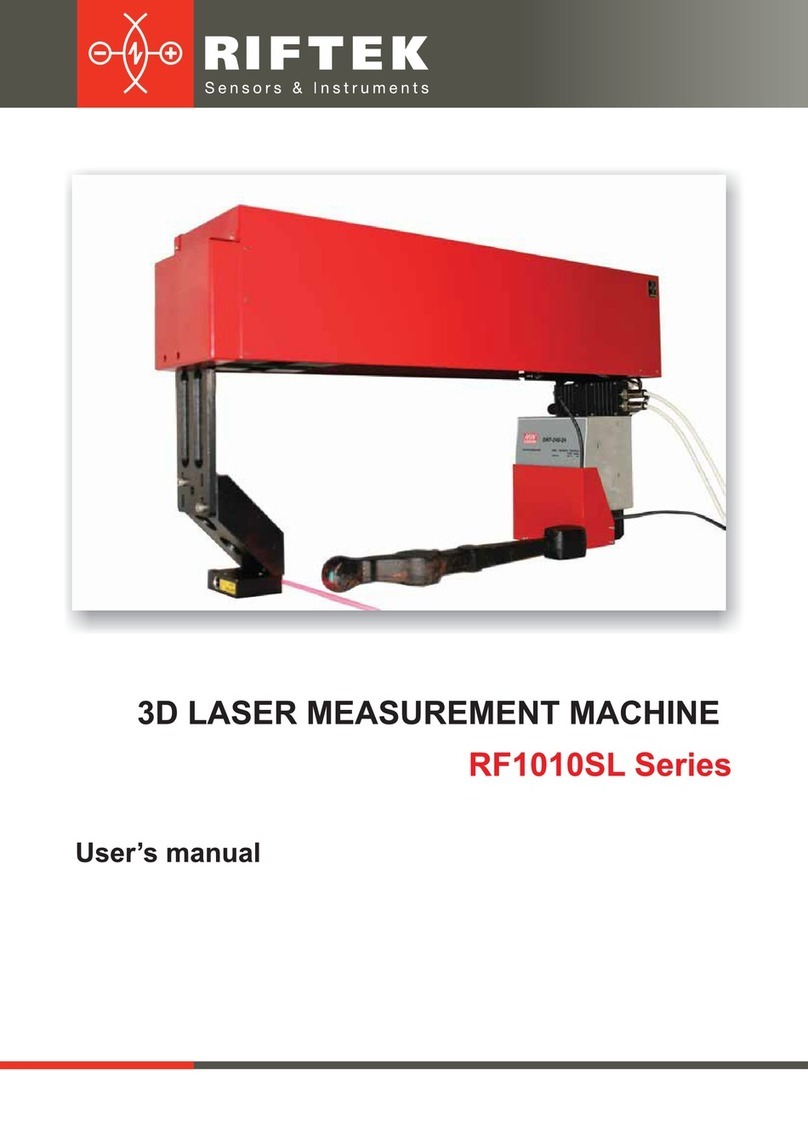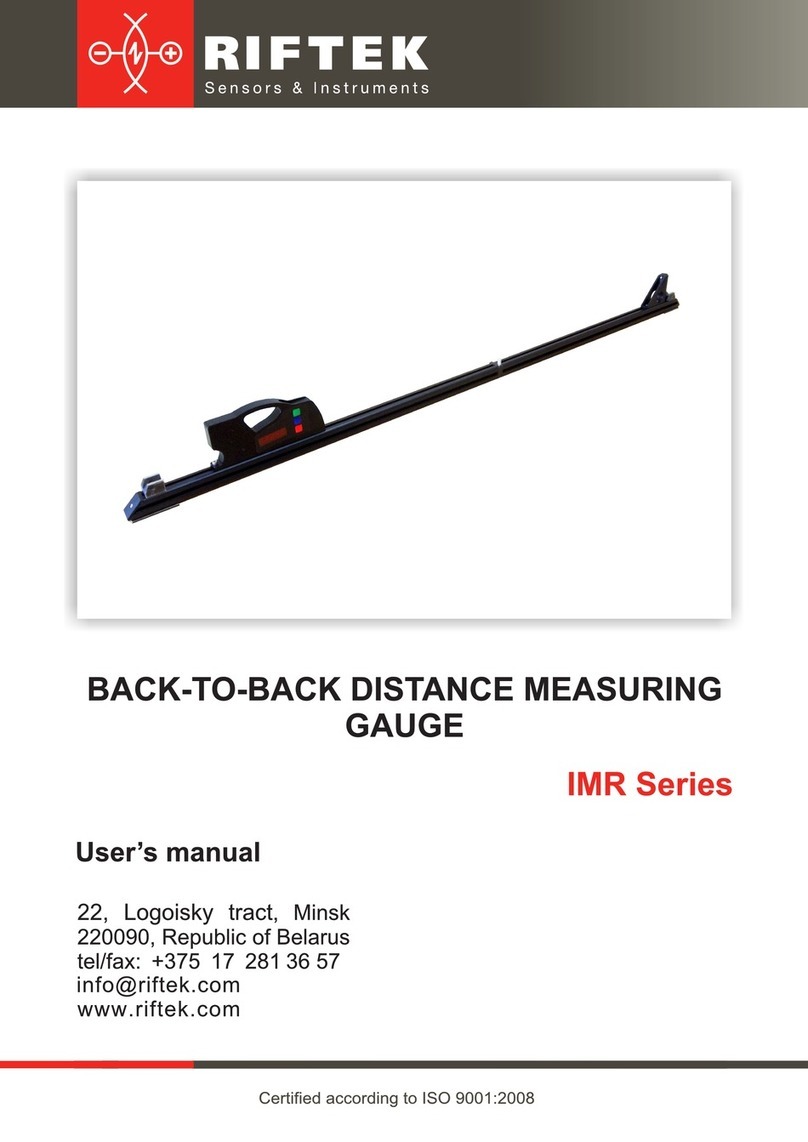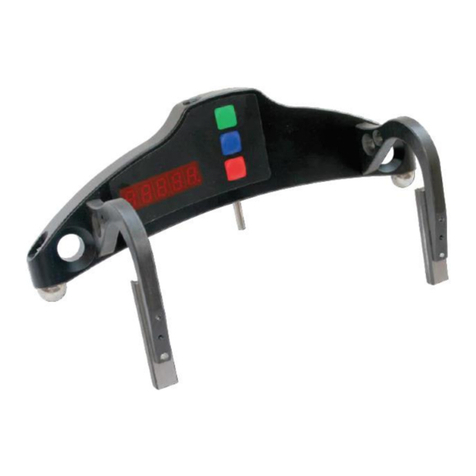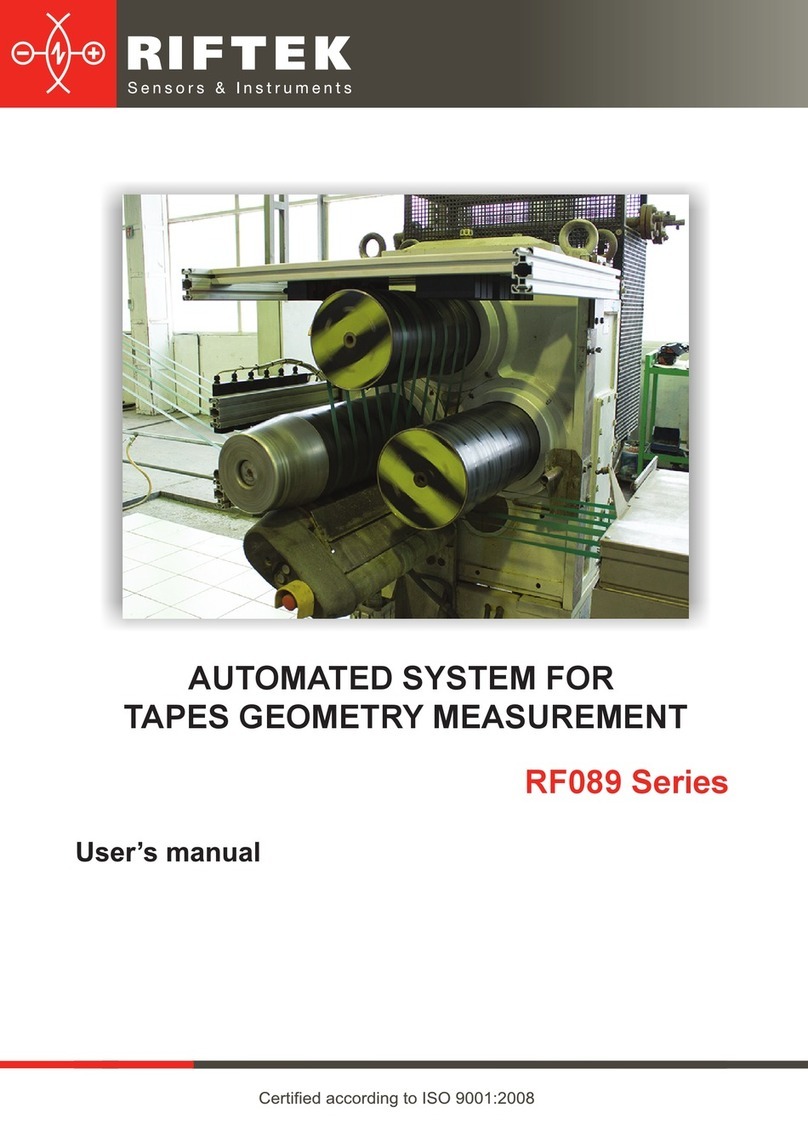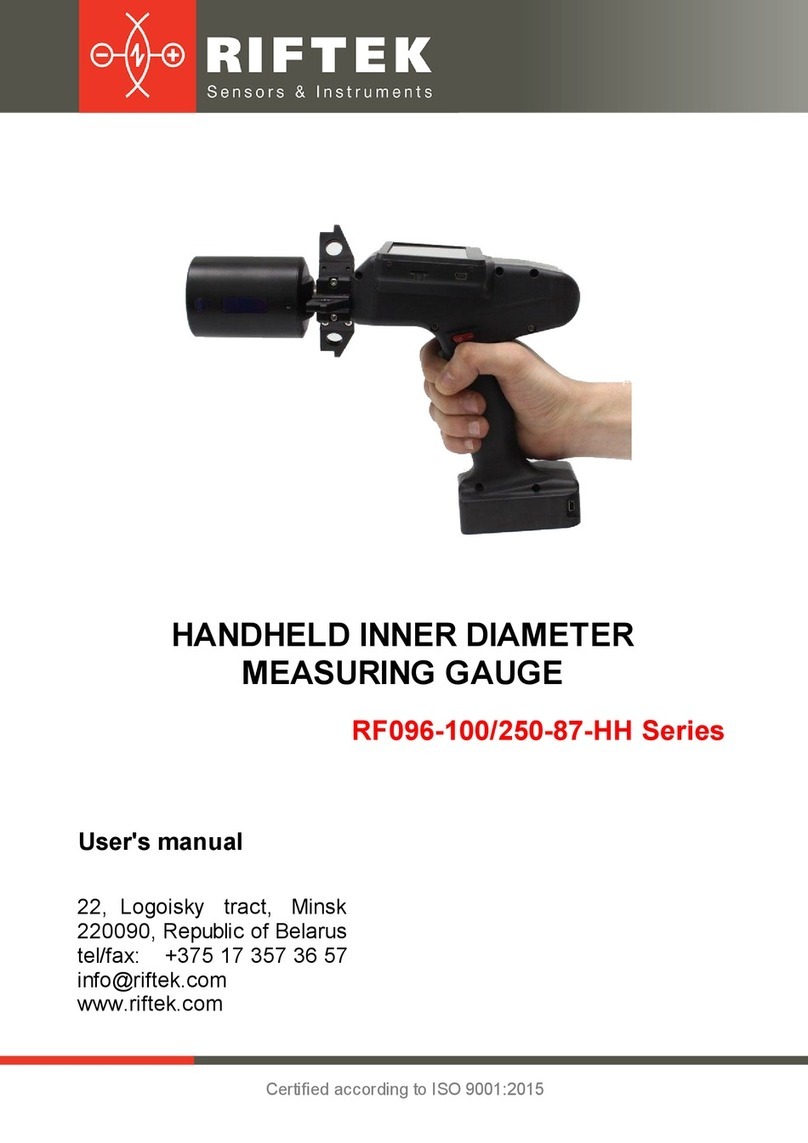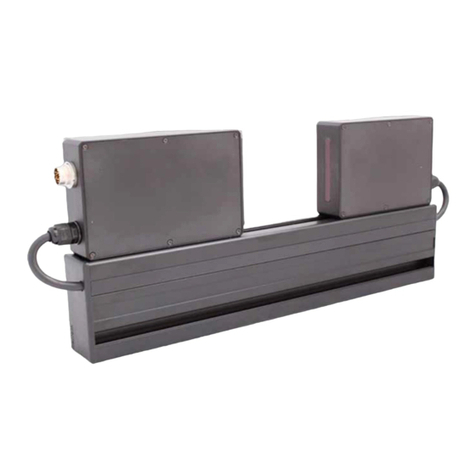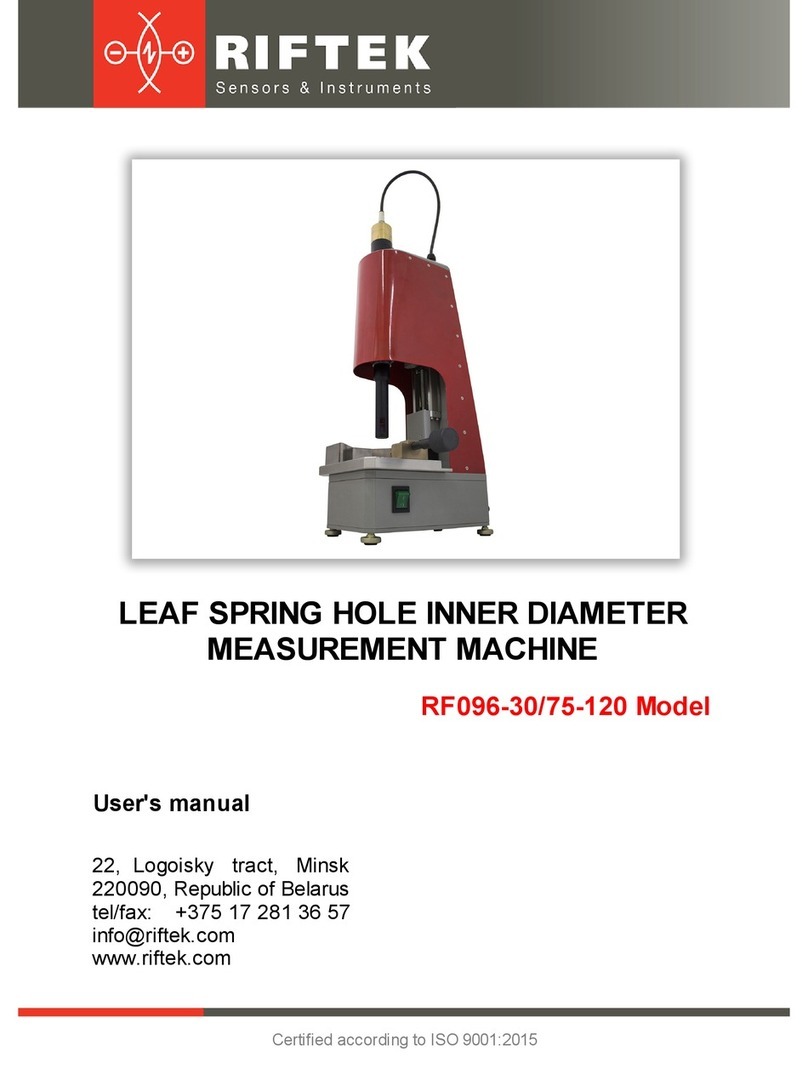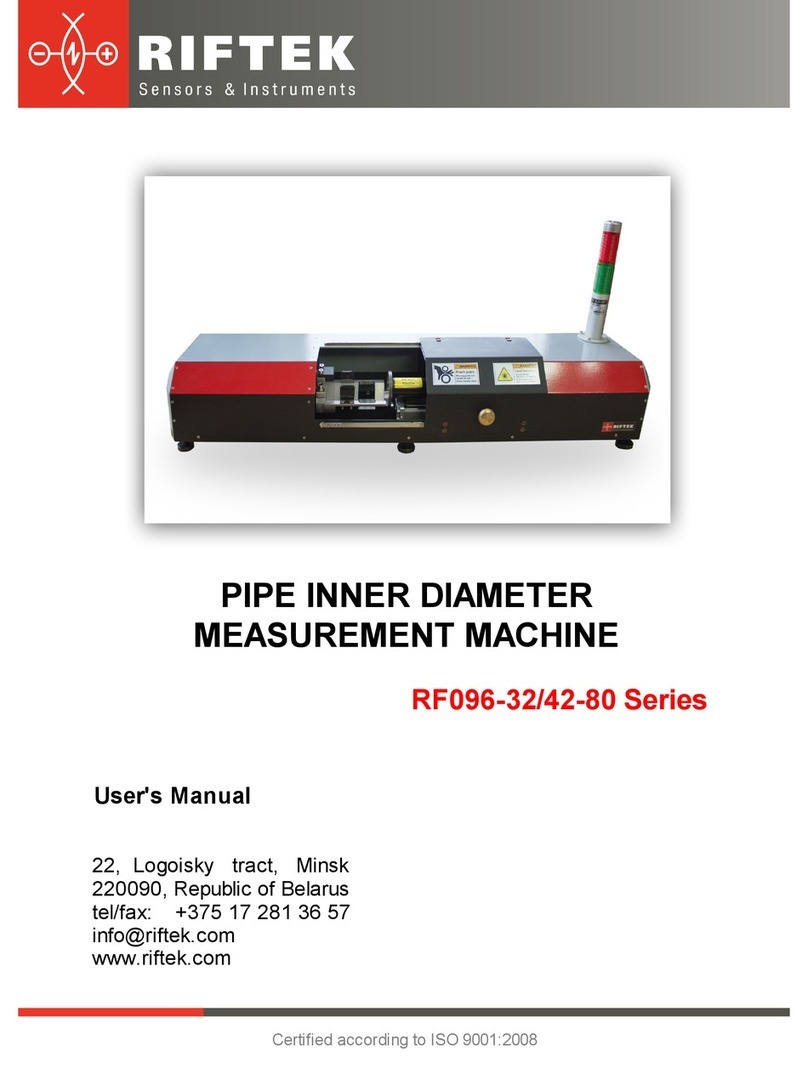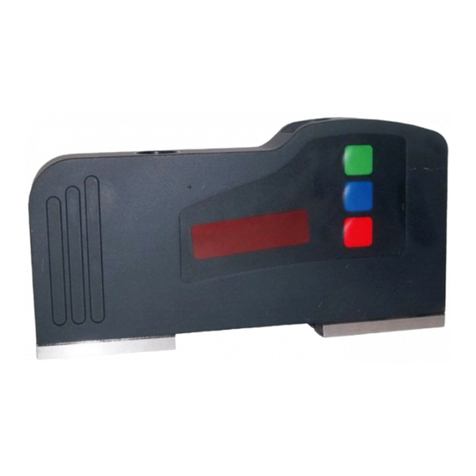2
Shafts Geometry Measurement Machine. RF800 Series
RF800 [Revision 1.0.0] 01.08.2018
Contents
.............................................................................................................................................31. Safety precautions
.............................................................................................................................................32. CE сompliance
.............................................................................................................................................33. Laser safety
.............................................................................................................................................34. General information
.............................................................................................................................................35. Structure and operating principle
........................................................................................................................................... 35.1. Optical micrometer
................................................................................................................. 45.1.1. Micrometer specifications
........................................................................................................................................... 55.2. Structure
........................................................................................................................................... 75.3. Operating principle
.............................................................................................................................................76. Basic technical data
.............................................................................................................................................87. Software
........................................................................................................................................... 87.1. Main window
........................................................................................................................................... 87.2. Settings ................................................................................................................. 97.2.1. Language ................................................................................................................. 107.2.2. Password ................................................................................................................. 107.2.3. Parameters................................................................................................................. 117.2.4. Operator ................................................................................................................. 117.2.5. Part .............................................................................................................. 127.2.5.1. Adding / editing the part template
.............................................................................................................. 147.2.5.2. Part template control
.............................................................................................................. 157.2.5.3. Saving the part template
................................................................................................................. 157.2.6. Workplace
........................................................................................................................................... 167.3. Calibration
.............................................................................................................................................178. Intended use
........................................................................................................................................... 178.1. Preparation for use
................................................................................................................. 188.1.1. Visual inspection
................................................................................................................. 188.1.2. Installation ................................................................................................................. 188.1.3. Switching on the machine
................................................................................................................. 188.1.4. Setting parameters and forming the database of templates
................................................................................................................. 188.1.5. Calibration ................................................................................................................. 188.1.6. Metrological verification
........................................................................................................................................... 188.2. Working with the machine
................................................................................................................. 198.2.1. Shafts of different diameters
................................................................................................................. 198.2.2. Shafts of different lengths
................................................................................................................. 198.2.3. Setting the origin of the linear coordinate
................................................................................................................. 218.2.4. Template selection
................................................................................................................. 228.2.5. Measurement
........................................................................................................................................... 268.3. Working with the database
.............................................................................................................................................289. Maintenance
........................................................................................................................................... 289.1. General instructions
........................................................................................................................................... 289.2. Safety precautions
........................................................................................................................................... 289.3. Maintenance procedure
................................................................................................................. 289.3.1. Daily maintenance work
.............................................................................................................. 289.3.1.1. Checking the loosening of screw connections
.............................................................................................................. 289.3.1.2. Optical signal quality control
................................................................................................................. 319.3.2. Annual maintenance work
.............................................................................................................................................3110. Warranty policy
.............................................................................................................................................3111. Revisions
.............................................................................................................................................3212. Distributors

